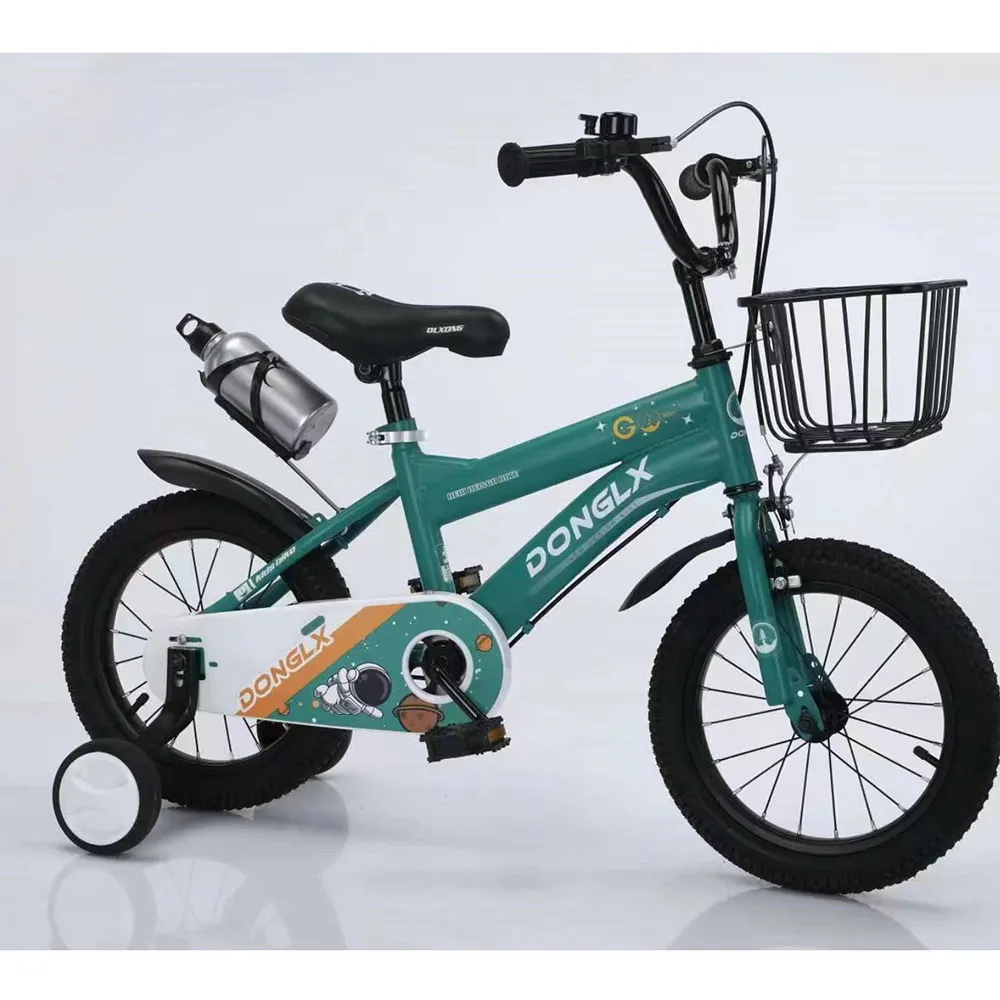Choosing the Right Mountain Bike for Your Adventure Needs and Preferences
Choosing the Right Mountain Bike A Comprehensive Guide
Selecting the right mountain bike can be a thrilling yet challenging endeavor for both beginners and seasoned riders. With a plethora of options available on the market, understanding the different types of mountain bikes, their components, and the terrain you will be riding on is crucial for making an informed decision. This guide aims to simplify the selection process, ensuring that you choose a bike that suits your needs and enhances your riding experience.
Types of Mountain Bikes
1. Cross-Country Bikes (XC) Designed for speed and efficiency on smooth trails, cross-country bikes are lightweight and have a more aggressive riding position. They are ideal for long-distance rides and races. XC bikes typically feature front suspension (hardtail), but full-suspension models are also available for better control over rough terrain.
2. Trail Bikes Offering a balance between climbing efficiency and descending capability, trail bikes are versatile machines suitable for a wide range of terrains. They usually come with full suspension, providing better shock absorption and comfort on bumpy paths. If you plan to ride on varied trails, a trail bike is a great option.
3. All-Mountain (Enduro) Bikes Built for tackling more technical terrains, all-mountain bikes are sturdier and designed for aggressive riding and descents. They feature longer travel suspension systems, which absorb shocks from rough trails. These bikes are perfect for riders looking to tackle steep hills and challenging obstacles.
4. Downhill Bikes As the name suggests, downhill bikes are engineered for descending steep slopes and rugged terrain at high speeds. They are heavy, with long travel suspension and robust frames designed to withstand extreme conditions. However, they are not suitable for climbing; thus, they require a lift or shuttling to the top of the trails.
5. Fat Bikes If you are interested in riding on snow or sand, fat bikes are the way to go. These bikes feature oversized tires that offer better traction and flotation over soft surfaces. They provide a unique riding experience and are perfect for adventurous souls looking to explore unconventional terrains.
Key Components to Consider
mountain bike selection

When selecting a mountain bike, it is essential to pay attention to several components
- Frame Material Mountain bike frames can be made from various materials, including aluminum, carbon fiber, and steel. Aluminum is lightweight and durable, carbon fiber is even lighter and offers better shock absorption, while steel is sturdy and offers a smooth ride. Choose a material that fits your riding style and budget.
- Suspension The choice between hardtail (front suspension only) and full-suspension models depends on your riding preferences. Hardtails are lighter and more efficient for climbing, while full-suspension bikes provide better control and comfort on rough descents.
- Wheel Size Mountain bikes typically come with 26, 27.5, or 29 wheels. Smaller wheels are more maneuverable, while larger wheels provide better rolling efficiency and stability. Consider the type of terrain you’ll be riding to choose the right wheel size.
- Components and Gearing Look for reliable shifters, brakes, and drivetrain components. Higher-end bikes often come with better gears, which can make a noticeable difference in your riding performance.
Test Riding and Fit
Finally, before making a purchase, it is essential to test ride several models to find the one that feels most comfortable. Pay attention to the bike’s fit; it should feel natural and not overly stretched or cramped. Proper fit ensures better control and reduces the risk of injury over time.
Conclusion
Choosing the right mountain bike is a personal journey that involves understanding your riding style, the terrain, and specific bike features. By considering the types of bikes available, key components, and ensuring a proper fit, you can make an informed choice that will enhance your mountain biking adventures for years to come. Happy riding!
-
Unlock Adventure and Confidence with Our Premium Kids' Bikes CollectionNewsAug.27,2025
-
Fun and Safe Adventures with Our Premium Kids Scooter CollectionNewsAug.27,2025
-
Exciting Adventures Begin with Our Premium Kids Mini Bike CollectionNewsAug.27,2025
-
Empower Your Child’s First Ride with Our Premium Kids Balance Bike CollectionNewsAug.27,2025
-
Discover the Ultimate Convenience and Safety with Our Kids Tricycle CollectionNewsAug.27,2025
-
Discover Fun and Development with Our Premium Swig Car CollectionNewsAug.27,2025
-
Kids Scooter Tiny Olympic Games: Scooterathlon!NewsAug.22,2025








